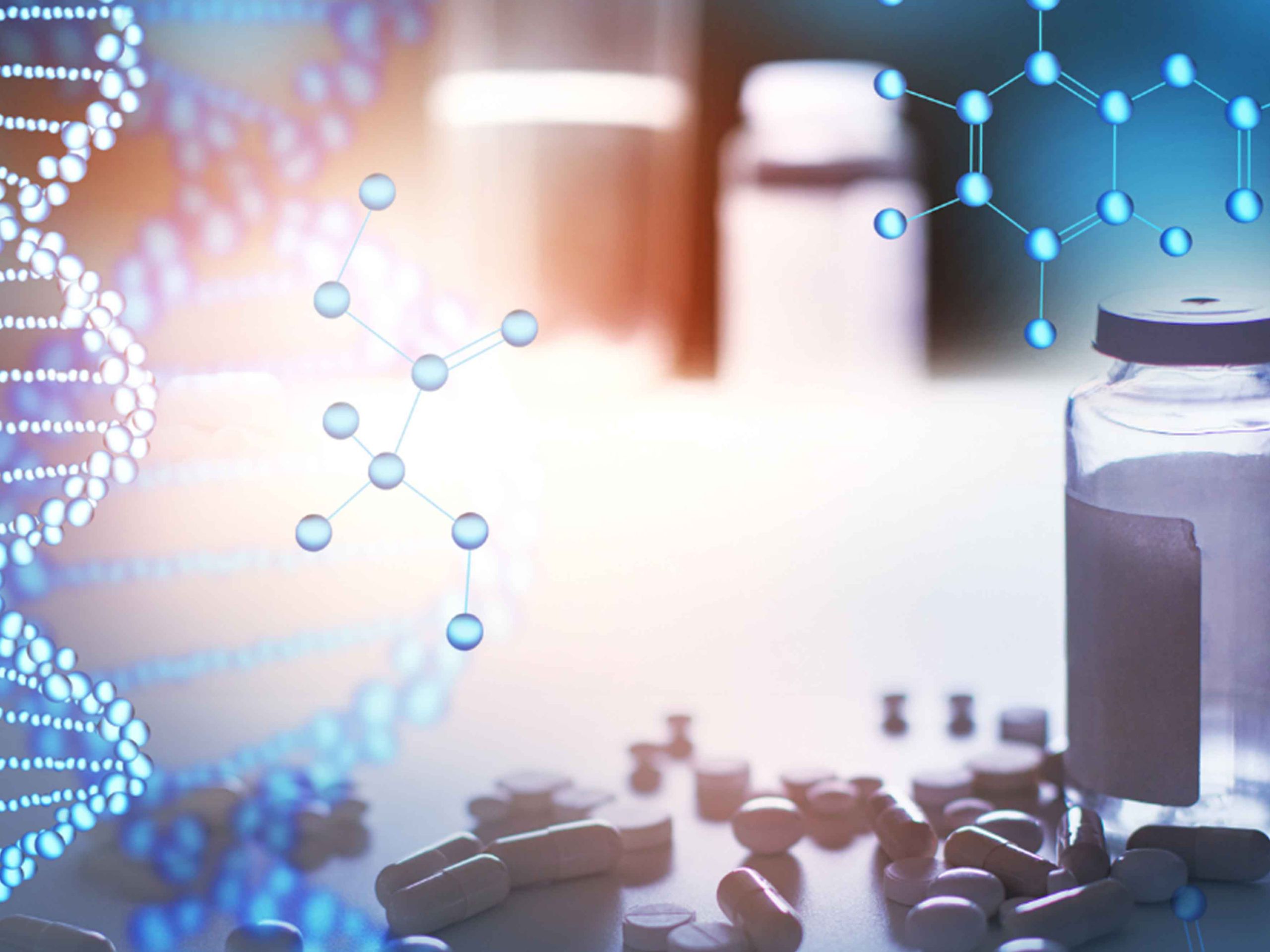

November 11, 2022
With the increasingly digitized methods of patient care and tele doctor consultation, the health sector has transformed over time. Many more organizations and sectors will depend on digital twins to transform their operations over the next five years, and they will require a distributed, hybrid, multi-cloud infrastructure to do it.
A hospital’s operational strategies, capacity, personnel, and care models may be studied using a Digital Twin to identify what steps to take. Virtual models can help with bed shortages, pathogen spread, staff scheduling, and operating rooms. These will aid in the optimization of patient care, cost, and performance. Digital Twins may offer a virtualized hospitalization with a risk-free environment for testing and analyzing patient outcomes.
A digital twin helps in diagnosing an issue with NLP to reach curable circumstances in no time. This reduces time and enhances the precision with which information such as particular drugs, health conditions, and other facts that doctors need to know in context to make therapeutic decisions are captured and presented.
For example, if a person visits their primary care physician regularly, the doctor will possess a baseline awareness of the patient, their medical information, and prescriptions. Same data insights can be utilized by another healthcare practitioner when the patient switches health centers. Using digital twin diagnosis is more likely to become easier. Moreover, teleconsultation with doctors has also assisted new modes of patient care.
Due to the escalating expense of healthcare, several countries are investigating new compensation models to better connect new medications, therapies, and treatments with results. One option that is gaining traction is value-based healthcare. The main notion is that participants, such as pharmaceutical corporations, they will compensate in proportion to their influence on the outcomes. This will need the formation of new sorts of partnerships among various participants in the healthcare delivery system. Digital twins might offer the necessary infrastructure for coordinating the specifics of these novel configurations.

Digital twins can help customer service representatives better understand and communicate with patients. A big insurance carrier, for example, utilized a graph database to combine data from over 200 sources to build a complete longitudinal health history for each member. This degree of data gives a clear picture of the members’ present and past medical states.
The research unravels clear insights on follow-ups, prescriptions, and other stages of a patient’s treatment. Also, Digital twins help in minimizing costs to a great extent.
Regulators are beginning to emphasize the need for device producers to monitor the outcomes of their devices after sales as part of a procedure known as post-market surveillance. This necessitates either the hiring of expensive professionals to maintain the equipment or the incorporation of digital twin capabilities into the equipment. This paves the way for smaller clinical environments closer to consumers, which can help with diagnosis.
Using this technology, researchers execute millions of tailored therapy simulations based on genetic background and medical history, as well as specifics of the long-term impacts encountered. This implies that researchers may find the greatest feasible treatment choice while posing no harm to actual patients. Patients who give data may benefit directly and quickly if the research results in a meaningful breakthrough.
Administrators, nurses, and physicians may gain thorough, real-time analysis of the ins and outs of patients. It can be done by creating a virtual twin of a hospital, providing them a better schedule of processes. A robust process reduces patient queue time while managing bookings and ensuring appropriate inventory consumption and upkeep. Even for professionals like cardiologists, technology allows them to treat each patient uniquely, resulting in higher production.
The digital heart twin, by a healthcare startup employing artificial intelligence. Aids doctors in making more precise diagnoses of how different drugs impact patients’ bodies. By finding the appropriate measures to fight a disease. Digital twins may assist healthcare consultants to reach the treatable stage of a patient. Firms in healthcare are also careful about patient data by using gdpr compliance consulting services.